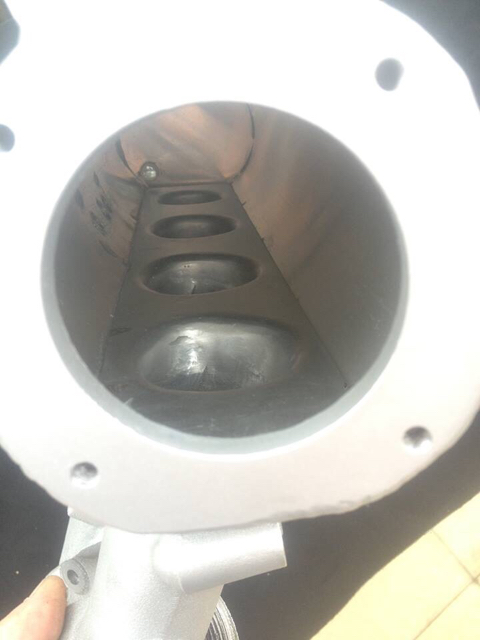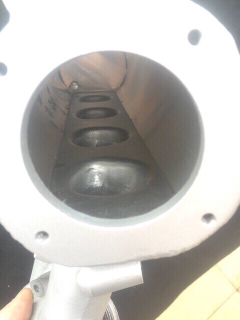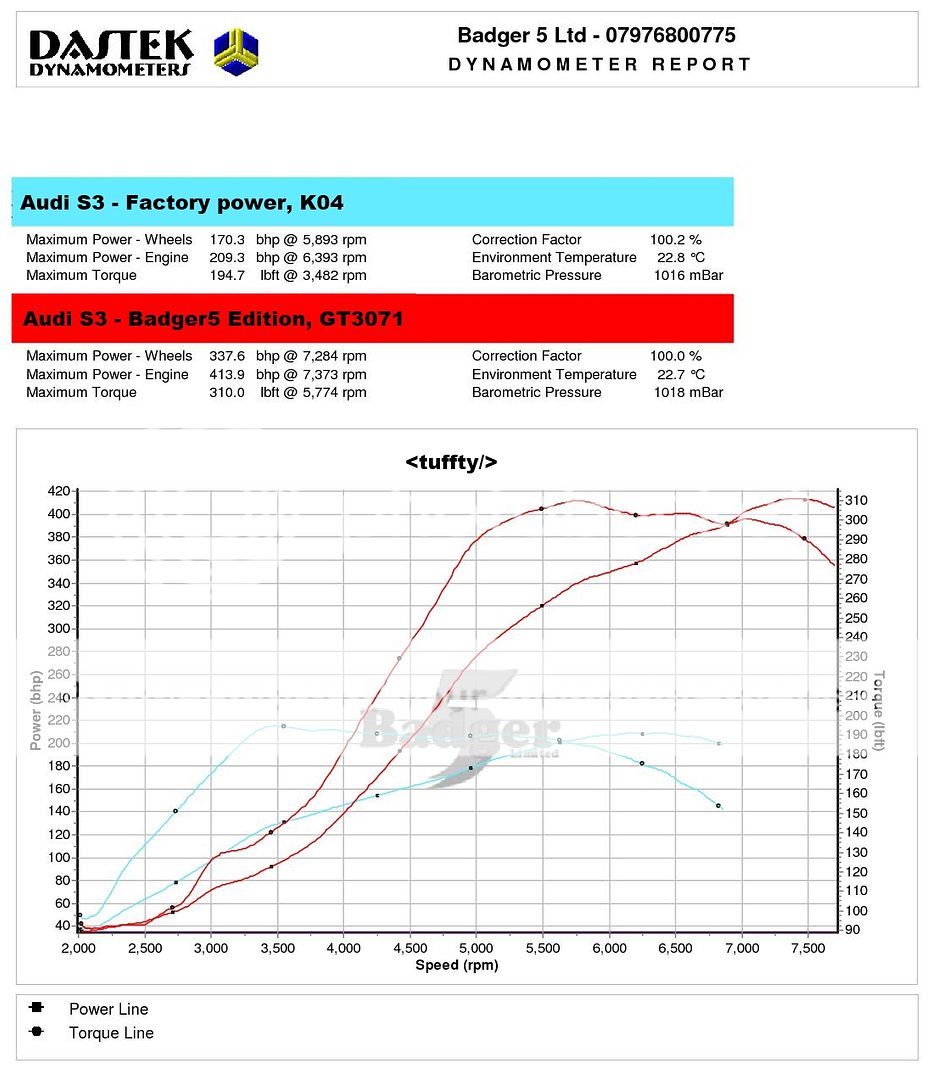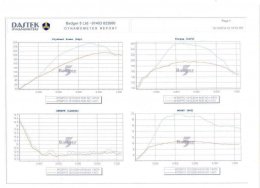I didn't fancy spending £500+ on an intake manifold, so decided to have a go at making my own.
Started off buying a 2nd hand AGU large port manifold on eBay.
Cut the top off
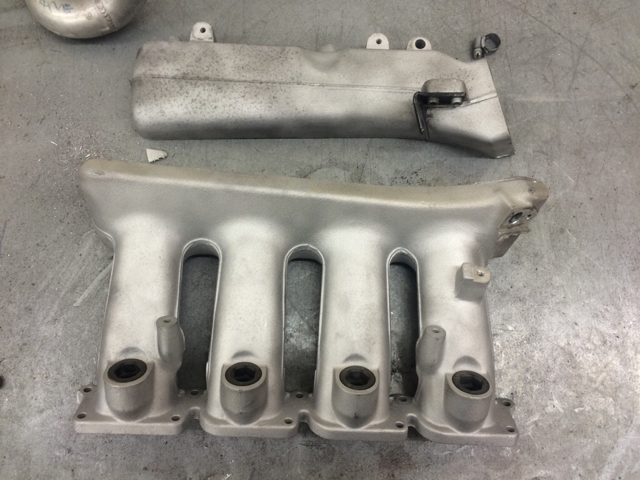
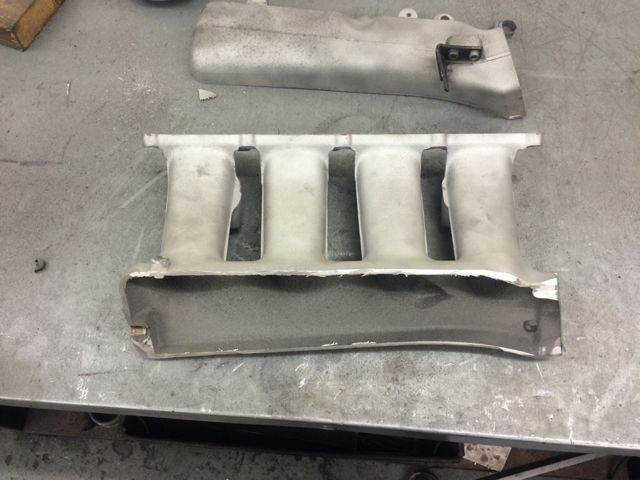
And straightened the top
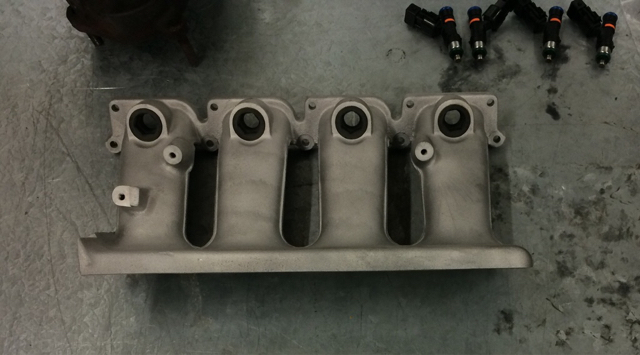
Purchased 500mm of 120mm OD 3mm thick aluminium tube.
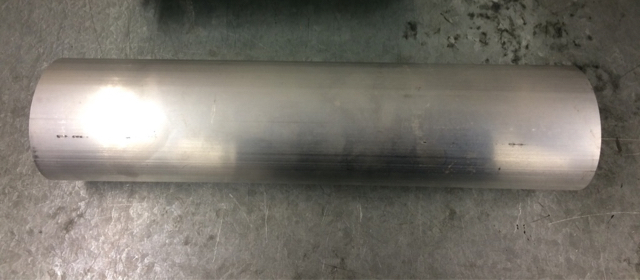
Cut two slots, tapered from one end to the other. This should, in theory, give equal flow to all four ports.

Then cut to length and shaped.

Offered up and trimmed manifold.
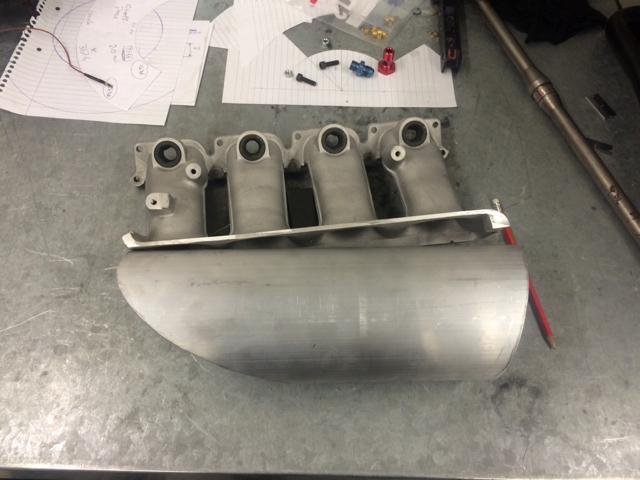
Cut, shaped and tacked on panels.
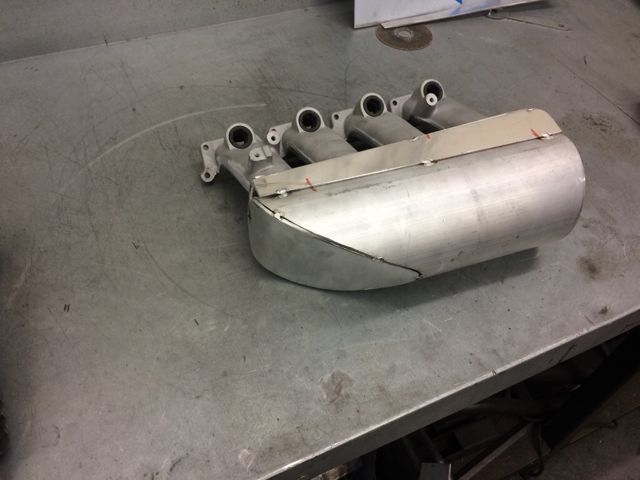
How the tapered slots look when in position.

Had a flange made up to suit TB with an o-ring groove instead of using a gasket.
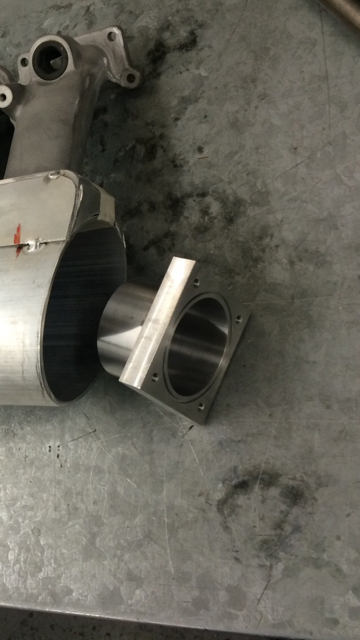
Then made a cone to attach the flange to the plenum. This was pretty tricky without the proper bending tools but after a certain size disc was cut I somehow managed it with a hammer, a 2" bar and my trusty knee.
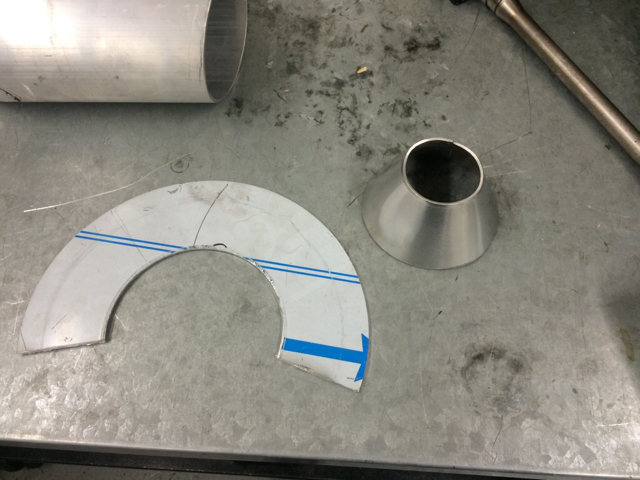
Everything was then finish welded together, with fittings for air temp sensor, breather pipes, DV and FPR.
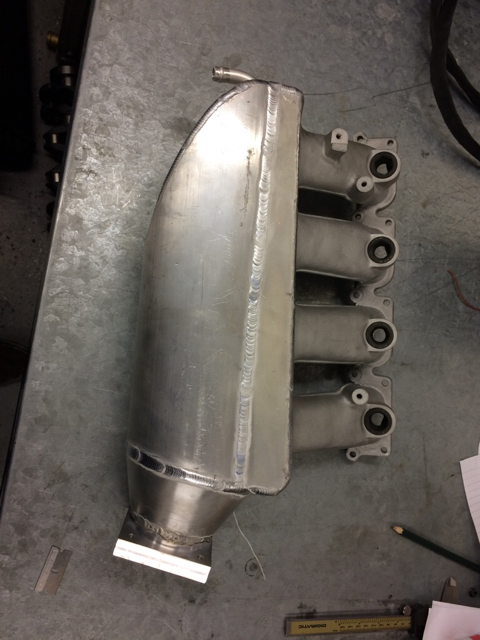

Took it to our powder coaters and had it finished in crackle black which really makes it look smart in my opinion.
Also, had a little plaque made for it as well .
.

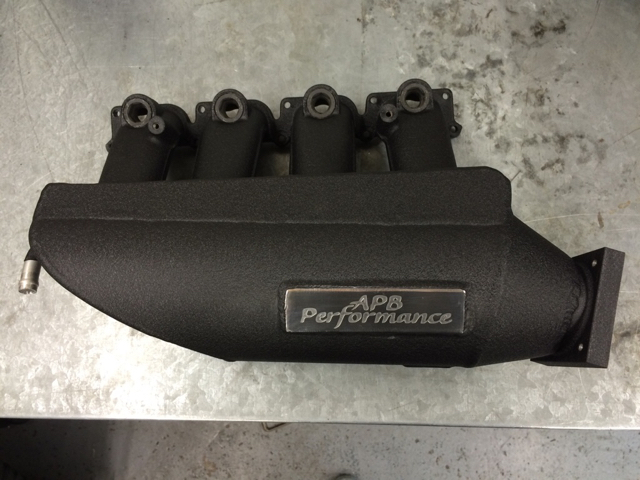

Excuse the rest of the tatty engine bay but all fitted looking lovely
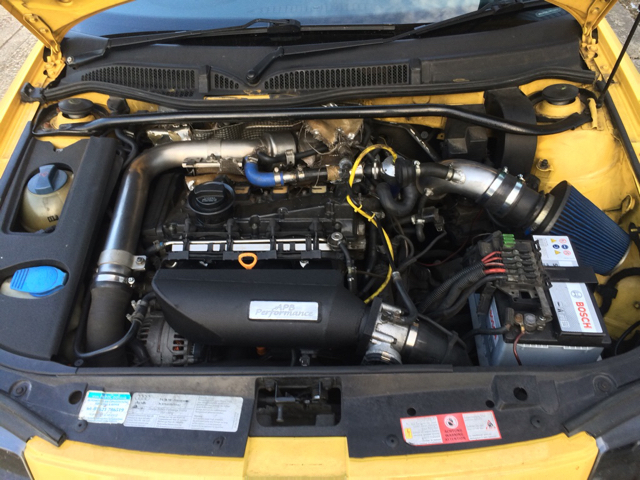
I also had to shorten the fuel rail fixing points, using a milling machine as they're a lot higher than on the standard s3 manifold.
AGU manifold £15
120mm OD ally tube £20
Flange £80
Other materials "borrowed" from work.
Crackle black coating £50
Plaque £20
Not a bad manifold for just shy of £200, plus the added bonus of knowing I made it myself.
Started off buying a 2nd hand AGU large port manifold on eBay.
Cut the top off


And straightened the top

Purchased 500mm of 120mm OD 3mm thick aluminium tube.

Cut two slots, tapered from one end to the other. This should, in theory, give equal flow to all four ports.

Then cut to length and shaped.

Offered up and trimmed manifold.

Cut, shaped and tacked on panels.

How the tapered slots look when in position.

Had a flange made up to suit TB with an o-ring groove instead of using a gasket.

Then made a cone to attach the flange to the plenum. This was pretty tricky without the proper bending tools but after a certain size disc was cut I somehow managed it with a hammer, a 2" bar and my trusty knee.

Everything was then finish welded together, with fittings for air temp sensor, breather pipes, DV and FPR.


Took it to our powder coaters and had it finished in crackle black which really makes it look smart in my opinion.
Also, had a little plaque made for it as well
 .
. 


Excuse the rest of the tatty engine bay but all fitted looking lovely

I also had to shorten the fuel rail fixing points, using a milling machine as they're a lot higher than on the standard s3 manifold.
AGU manifold £15
120mm OD ally tube £20
Flange £80
Other materials "borrowed" from work.
Crackle black coating £50
Plaque £20
Not a bad manifold for just shy of £200, plus the added bonus of knowing I made it myself.
Last edited:



